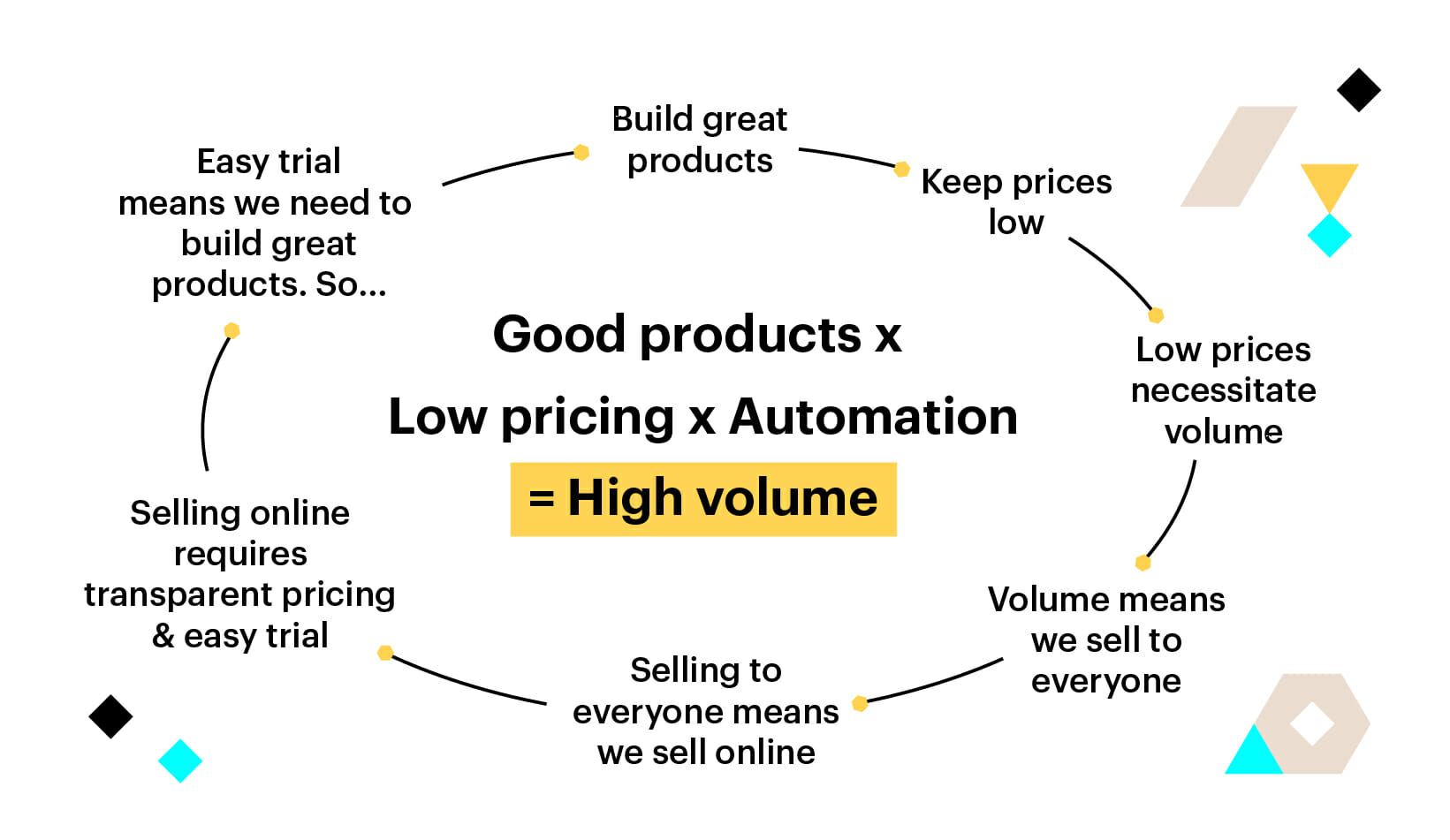In talking to people at the recent CompTIA event, there was an overwhelming sense that we are living amidst the biggest changes in the way we work and view the world, probably since the second world war. Technology is again at the vanguard of this change but only in response to an invisible attack from Covid in a war fought with molecules not missiles.
Powerful vendors are changing their go to market strategies and partner remuneration, and customers have alternatives and more choices than ever about how they engage technology suppliers and partners. Business models are changing and that means channel partner brands will need to reinvent themselves to take advantage of the shifting landscape.
But first, let’s deal with the elephant in the room and bust a myth or two about what we mean by brand.
What do we mean by brand?
Brand is not your logo. It’s definitely not an advertisement or a social media post. It’s not the company mission or the vision statements either. The logo is a brand identifier and an asset, the mission, vision and purpose and core values underpin the brand but in practice the brand is more holistic.
Brand is, what I like to call, the sum of all experiences that are exchanged in any engagement with customers, your people, suppliers, vendors and any other stakeholders in your value chain. Through those engagements, regardless of size, regardless of the touchpoint, you leave behind a footprint, an impression, and that’s your brand. It’s also your positioning and therefore should be distinctive.

Your brand is really your business offering. What value is your business delivering to your customers and vendors? What does your brand say about you? Do you taste like how you look? Do your people act in an on-brand way? Have you assembled the capability sets and skills to succeed? Is your brand set up to attract, and retain, the best talent? What kind of experiences are you curating?
Let’s take a closer look.
1. Vendors are changing the rules
Last year Cisco announced it would pursue a 100% subscription/consumption business. Dell Technologies and all its seven companies followed. IBM did the same and Microsoft CEO Satya Nadella is on a mission to unlock trillions of dollars in revenue opportunities for partners.
The current brand strategy model of most partners in the channel, won’t survive.
The focus needs to shift from sell, clip the ticket and turn up for a renewal, to designing an organisation to optimise a service delivery model.
A key here is garnering insights into customer needs and pain points, and using those to assemble the brand capability and on-going services.
2. Repositioning in response to a change in industry needs
In times where the market undergoes major transformation, there will be winners and losers. Only those MSPs and VARs who have strong value propositions, and are organised around delivering quality experiences to all their stakeholders, will survive.
In getting to a winning positioning, it’s useful to take a close look at the quality of your customer segmentation. A smarter segmentation will help identify high-touch and low-touch customers and opportunities for automated delivery of services and reduce the amount of money being left on the table.
The channel partner brand that removes as much friction in the path of customer experiences and engagement, most likely wins. How do you achieve this? It’s about getting out of the office, getting closer to the business of your customers, understanding their pain points and their view of success and designing your organisation around that.
By way of example, with the second coming of Steve Jobs at Apple, he was aware the company would run out of money in 90 days. Imagine that? The first thing he did was go out and talk to people. To his horror he discovered there were too many Apple products that were indistinguishable and Apple was just too hard to buy. Lots of friction there. Jobs’ monumental contribution to Apple’s success had its genesis right there in 1997, founded on their mantra of SIMPLICITY in everything they did from that day onwards.
3. Differentiating in a sea of sameness
There are thousands of channel partners in Australia and there’s a real look of sameness. Sameness in the offering, the propositions, the brand language and the presentation of brand assets such as websites, customer success stories and more.
How do you differentiate?
It’s about deliberately designing the type of experiences you want to deliver to any audience, internal and external, at any touch point. This is about answering the question of “why”. Why would a customer choose us? What’s our value? Why would the best talent work for us? Why would a vendor want us as a partner?
Think Atlassian. Their distribution flywheel is worth a look to understand how they build differentiation in the market. Obviously, there’s more to differentiation but this is a good start.

I’ve seen too many companies, in too many industries, that have failed to differentiate. They barely survive or in most cases, die a death by a thousand cuts.
4. The biggest upheaval in the workforce
Covid has resulted in the biggest shift in the way work is structured since the industrial revolution. From an office-only workplace model to a hybrid model bringing with it challenges and opportunities. Employee power is on the rise, there’s greater invisibility of the team, new ways of team engagement are needed, and management of employee wellbeing is front and centre.
In an industry where people are the most valuable assets, the time is right for a major rethink about how attracting and retaining talent and promoting innovation. This question is core to the brand.
The old rules have gone and that demands new capability and willingness to engage differently with your people.
5. Merger and Acquisition activity
It’s inevitable that there will be consolidation and M&A activity in the channel. So how do you deal with the brands where there is a merger or takeover? Which brand prevails? Or should there be a totally new brand?
These questions are complex but the best results from a merger/takeover, are when there’s agreement on the nature of the brand experiences you believe in and are capable of delivering. Cultural alignment is critical. Too many times when tech firms merge, one culture dominates and often people from the “junior” partner leave the business and the gains from a merger are compromised.
Summary
Playing to win in a shifting channel ecosystem means brands need a rethink. It starts with a new playbook for how you win and that means new brand strategies.
And if you want further evidence of the need to re visit your brand strategy, this from Jay McBain, the highly regarded Principal Analyst, Channels, Partnerships and Ecosystems at Forrester.
In his picks for 2021, he said “the dramatic changes in the industry last year have “led the industry into a “K-shaped” recovery where partners who had skills, resources, and prebuilt practices around the business needs of their customers excelled with double- (and sometime triple-) digit growth while many VARs and MSPs were down by double digits and relying on government, vendor, and distributor funding to survive. This will persist through 2021.” Unapologetically I’m a Jay McBain fan boy.
If you’d like to know more about how to undertake a brand strategy refresh, contact me here.


